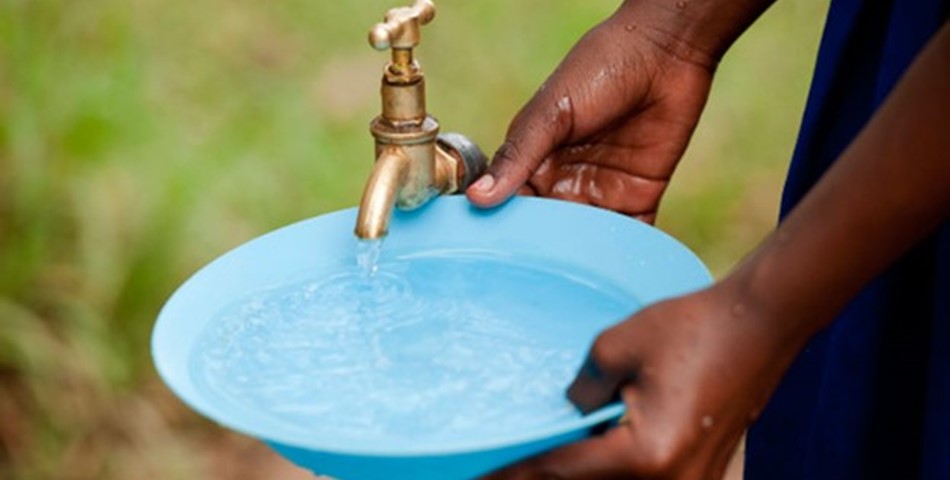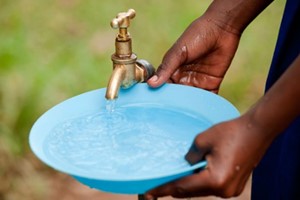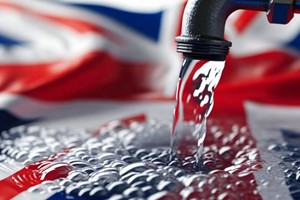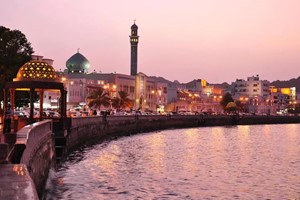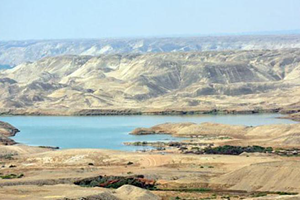Despite budgeting millions of naira for water treatment and distribution plants, many states have either not been properly maintained or expanded to meet the growing population.
The founder, Rural Africa Water Development Project (RAWDP), Dr. Joachim Ezeji, who made the data available to The Guardian, said: “Right now, Nigeria is seriously off-track to meet Sustainable Development Goal (SDG) 6: Water and Sanitation for all by 2030. Millions of people and countless schools, businesses, healthcare centers, farms and factories do not have the safe water and toilets they need. To accelerate change, we need more action from states.”
Across the states, he stated, the story is not pleasant. Access to water and sanitation continues to be a challenge for households, especially in rural areas. As of 2021, 86 per cent of urban households had basic water access, while 57 per cent of rural residents do.
Households without basic access are still drawing water from unsafe sources such as rivers, creeks and ponds, or unprotected wells and springs.
Likewise, 59 per cent of urban residents have access to basic sanitation, while only 39 per cent of rural residents do. In fact, in 2021, 23 per cent of rural residents still practised open defecation, making Nigeria the home to the second largest population of people practising open defecation, globally.
Use of hygiene services, on the other hand, is extremely low across both urban and rural areas; it is only 25 per cent in the former and 13 per cent in the latter. Access to basic levels of all three types of facilities (water, sanitation and hygiene) in the same household is only 10 per cent, but this is higher in healthcare centres, of which only six per cent have access to all three.
Similarly, only 17 per cent of schools have access to basic water and sanitation facilities. The disparity in access is even larger between states and across wealth quintiles than it is between urban and rural areas. The state with the lowest level of basic water access was Sokoto, at 33 per cent, compared to the highest, which was Lagos, at 96 per cent. Similarly, only 14 per cent of Ebonyi had access to basic sanitation, the lowest of any state, while Imo had 76 per cent, the highest of any state.
Across Nigeria, the richest quintile had over four times the coverage of basic sanitation compared to the poorest quintile (78 per cent compared to 19 per cent) and twice the coverage of basic water (92 per cent compared to 46 per cent). Comparing access levels in 2021 with those observed in 2015 indicates that there has been a marginal increase in access to both water and sanitation in urban and rural areas (two to six per cent), and no increase in access to improved hygiene facilities.
The slow rate of progress is at least partially attributable to large population growth, and rates of urbanisation, but also reflects under-investment in the sector overall.
Of the estimated 2.3 million water points across Nigeria, the majority is self-supplied (an estimated 75 per cent). Where groundwater is an important source, there is considerable scope for improving reliability and resilience while scaling up the use of renewable energy: 43 per cent of all water points are boreholes, and only 3.3 per cent of those boreholes are motorised and powered by solar panels.
By Chinedum Uwaegbulam



